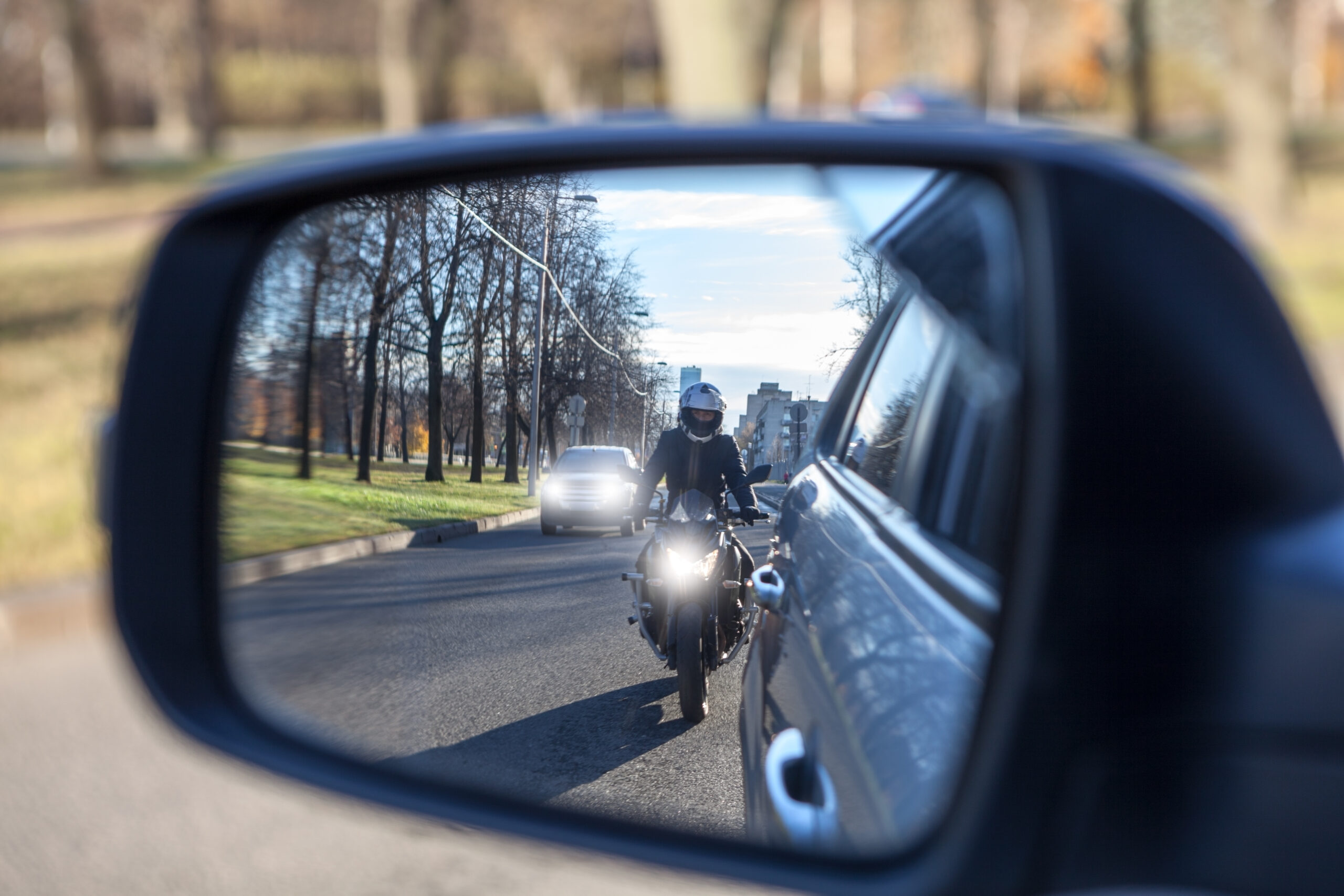New research by a team from Nottingham Trent University is hoping to improve motorcyclists' safety by teaching car and van drivers how to respond better to our presence on the roads.
Despite making up less than 1% of UK road traffic, motorcyclists account for nearly 20% of road fatalities, and one of the key reasons for this are crashes where drivers admit they just didn't see the motorcycle, scooter or moped.
The Motorcycles in the Mind's Eye study found that many of these incidents are not due to carelessness, but to a lack of experience and flawed 'mental models' whereby car drivers and motorcyclists think differently about road situations.
"Drivers aren't ignoring motorcyclists, they often just don't expect them to be there,"
said Professor David Crundall, lead researcher and Professor of Psychology at NTU's School of Social Sciences.
"Our brains are wired to look for what we're used to seeing, and for most drivers, that doesn't include motorcycles."
Motorcycles, the academics said, are significantly harder for drivers to detect, particularly in less predictable scenarios such as overtaking stationary traffic, due to their smaller size, relative rarity, and distinct road behaviour.
Many motorists lack sufficient exposure to motorcycles, making it difficult to form reliable mental models of where and how they might appear. This often leads to 'Look But Fail To See' errors, where a driver may glance directly at a motorcyclist yet fail to register them as a potential hazard. Even when noticed, accurately judging the speed of an oncoming motorcycle remains a common challenge for drivers.
How can we help keep ourselves safe?
The National Young Rider Forum launched a campaign to highlight the dangers riders face, with some simple ways to navigate any potential troubleshoots.
It encourages to use the OSM/PSL routine:
- Observation
- Signal
- Manoeuvre
- Position
- Speed
- Look
We need to keep our observation sharp; on approach to any junction where a car is waiting to emerge, always anticipate that they may not have seen us. Reduce speed and give ourselves plenty of time and space to manoeuvre, if required.
Always signal in plenty of time, particularly if pulling across lanes to overtake or positioning the bike for a right turn.
Make manoeuvres in good time, and only after careful checks on the mirrors and ahead. Don't forget a lifesaver: a last check over the right shoulder to ensure no has entered the blind spot.
When riding, position the bike in the centre of the lane. Riding too close to the kerb can lead to a biker being obscured behind street furniture.
Watch our speed! Remember, if a car or van hasn't seen us and pulls across our path, it's easier to stop in good time or manoeuvre at a slower speed.
Finally, look out. Keep scanning the road ahead for potential hazards.

